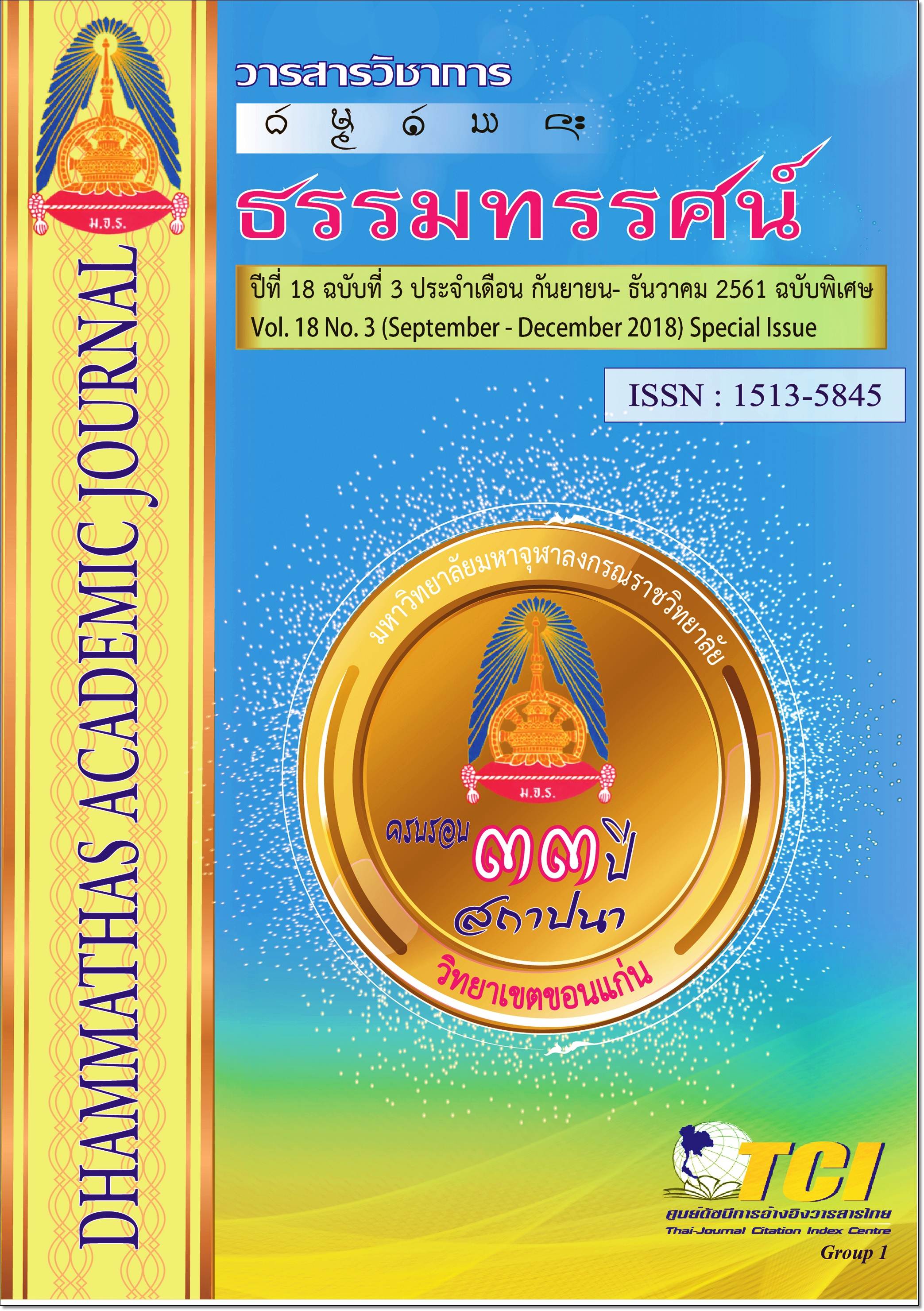Buddhist Ethics that Applied to Human and Non-human Species
Main Article Content
Abstract
The purposes of this article are 1) To study opinions about ethical states of human and non-human species regarding perspectives of the three-group philosophers 2) To study perspectives of Buddhist ethics in term of human and non-human species 3) To apply Buddhist ethics with human and non-human species. The results are as follows. The researcher found out that ethics difficulty which has been holding for a long time, causes ethical conflicts. They can be divided into three major groups, 1) The group who sees the non-human species as non-morality status, unlike human. 2) The group who sees some of the non-human species such as animals, as a low-morality status, compares to human. 3) The group who sees morality status in human and non-human species equally.
In conclusion, the point of agreement for those three above cannot be found. However, Buddhist ethics suggests the “middle path”, equality comes from good deeds and is not judged by the appearance, the beauty inside is way more important. The Buddhist ethics method is to be friendly with all living things and environment. Its aim is ecology, therefore, human beings are able to improve and adjust for the future changes.

